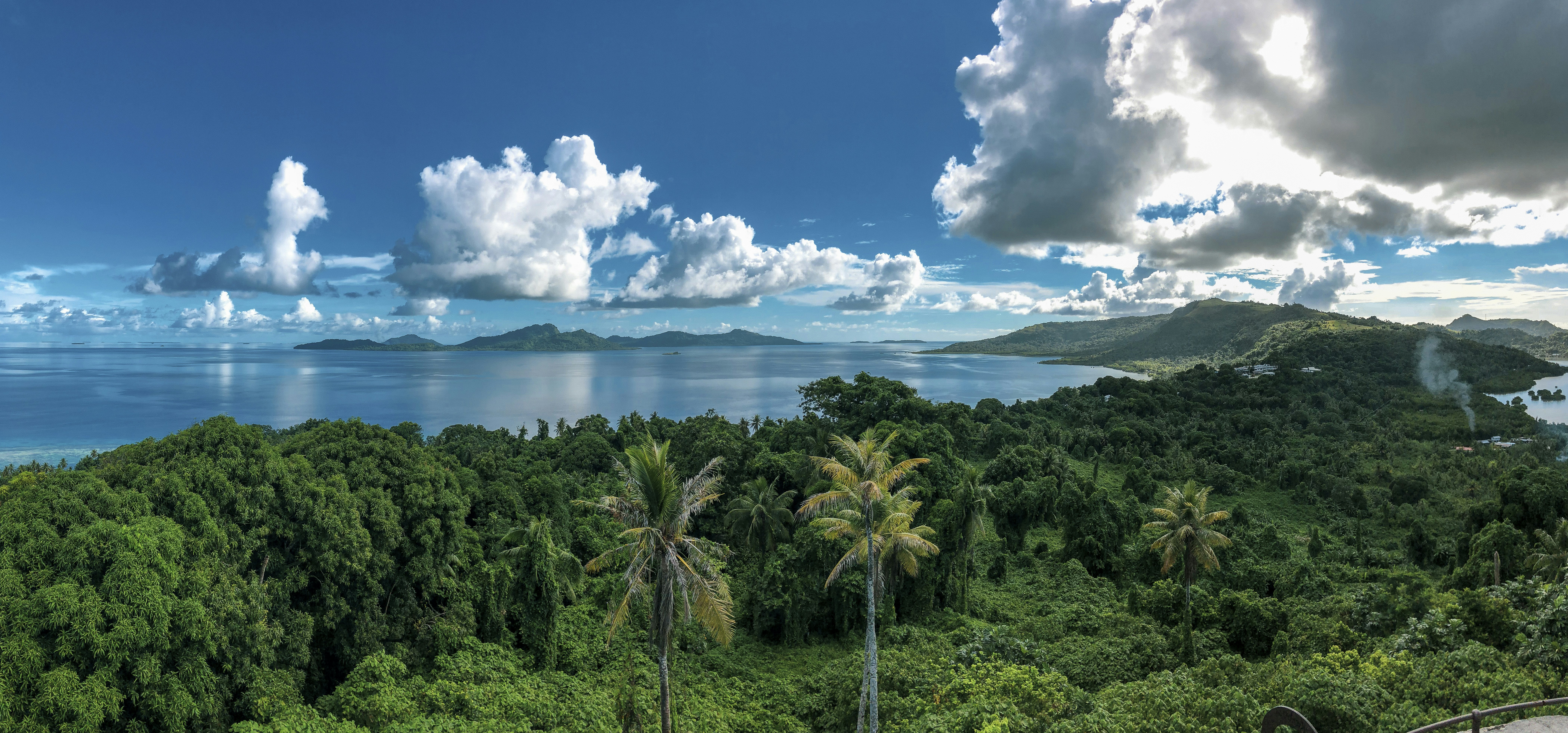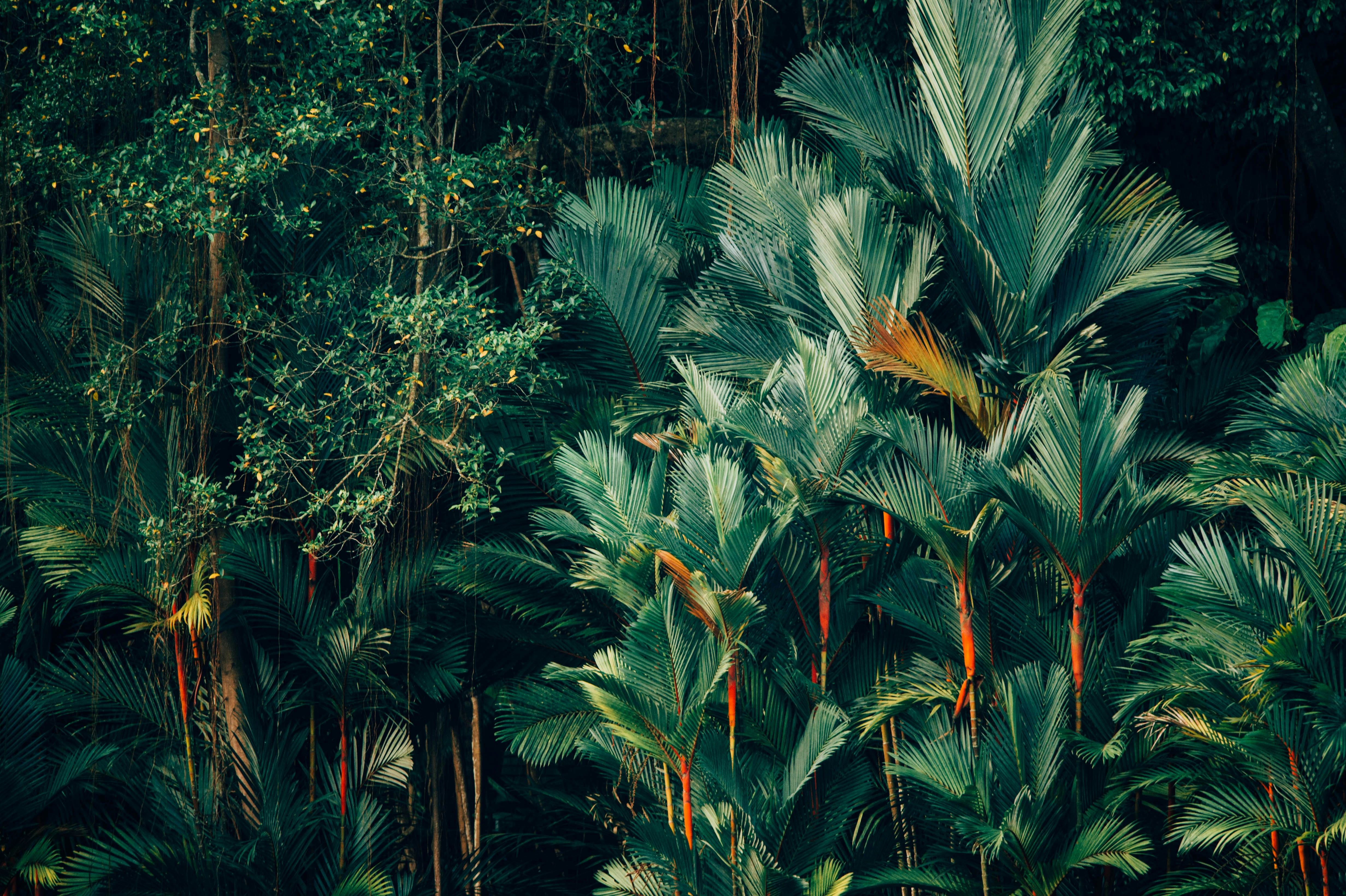Imagine finding yourself in the midst of a lush tropical rainforest, surrounded by towering trees, vibrant wildlife, and an abundance of natural beauty. As you soak in the awe-inspiring scenery, you realize that you need to find a way to build a shelter to protect yourself from the elements. But how do you navigate the complexities of constructing a shelter in this unique environment? In this article, we will explore the intricacies of building a shelter in a tropical rainforest, offering you practical tips and essential guidelines to create a safe haven amidst nature’s splendor.
Understanding the Tropics
Tropical rainforests are some of the most diverse and complex ecosystems on Earth. They are characterized by their lush vegetation, high temperatures, and heavy rainfall. The term “tropical rainforest” refers to a type of forest with a specific climate and a wide array of plant and animal species. These forests are found in regions near the equator, such as Southeast Asia, the Amazon Basin, and parts of Africa. Understanding the unique characteristics of tropical rainforests is essential when it comes to building a shelter in these environments.
Defining a Tropical Rainforest
A tropical rainforest can be defined as a forested biome characterized by its high rainfall, warm temperatures, and abundant plant and animal life. These rainforests are typically found in regions with a mean temperature of 24°C (75°F) and an average annual rainfall of 250 centimeters (98 inches) or more. The combination of consistent warmth and ample moisture creates ideal conditions for the growth and survival of diverse plant species.
Climate and Weather of the Tropics
The climate and weather in tropical rainforests are distinct due to their proximity to the equator. These regions experience high temperatures and humidity throughout the year, with minimal seasonal variations. Rainfall is usually evenly distributed, creating a consistently wet environment. Thunderstorms are common, and heavy downpours can occur daily. It is crucial to consider these factors when building a shelter, as they can impact the stability and effectiveness of your structure.
Common Flora and Fauna in a Tropical Rainforest
Tropical rainforests are known for their incredible biodiversity. They host a wide variety of plant species, including towering trees, thick undergrowth, and various types of vines and epiphytes. Some common flora found in these ecosystems include orchids, bromeliads, and ferns. In terms of fauna, tropical rainforests are home to numerous species, such as monkeys, jaguars, toucans, and snakes. When building a shelter, it is essential to be aware of the local wildlife and understand their behavior to ensure your safety.
Selecting the Right Location for Your Shelter
Choosing the right location for your shelter in a tropical rainforest is crucial for your safety and comfort. Here are some factors to consider:
Avoidance of Danger Zones
Avoid setting up your shelter near bodies of water prone to flooding, such as rivers or streams. It is also important to stay away from steep slopes or areas susceptible to landslides. Look for stable ground that is relatively flat and free from potential hazards.
Proximity to Water Sources
While it is crucial to avoid flood-prone areas, being close to a reliable water source is equally important. Look for natural springs, streams, or rivers nearby that can provide you with drinking water and facilitate other survival needs.
Identifying Safe Zones from Falling Limbs or Trees
Inspect the area for any unstable or overhanging trees, known as “widowmakers.” Falling limbs or trees can pose a significant risk, especially during storms or strong winds. Choose a location that minimizes the potential for these hazards.
Considering Visibility and Access Routes
Select a spot where you have a clear line of sight and can easily navigate within and around the shelter. Stay near well-defined pathways or clearings that can serve as access routes in case of an emergency.
Gathering Your Materials
Once you have found the perfect location for your shelter, it’s time to gather the materials needed for construction. Here are some essential steps:
Recognizing Useful Plant Species
Familiarize yourself with the local flora and learn to identify plants that can serve as construction materials. Look for trees with durable wood suitable for structural support, as well as plants with large leaves for roofing or insulation.
Sourcing Local Materials
Whenever possible, it is advisable to use materials sourced directly from the surrounding environment. This minimizes the impact on the ecosystem and ensures that the materials are well-adapted to the local climate and conditions.
Using Stones and Rocks
In addition to plant materials, stones and rocks can be valuable resources for constructing a shelter. They can be used for building walls, creating foundations, or securing the structure. Gather suitable stones and rocks that are readily available in your surroundings.
Choosing Your Shelter Type
There are various shelter options to consider in a tropical rainforest. Here are some common types:
The Different Types of Tropical Wilderness Shelters
Tropical rainforest shelters can range from simple leaf huts to more elaborate elevated structures. Each type offers different advantages and considerations depending on factors such as local climate, resources, and personal preferences.
Elevated or Ground Shelters
Elevated shelters, such as treehouses, provide protection from ground-dwelling creatures and flood-prone areas. Ground shelters, on the other hand, may offer more stability and ease of construction. Consider your specific needs and circumstances to determine which option is most suitable for you.
Leaf Hut or Basha Shelters
Leaf huts and basha shelters are among the simplest and most primitive forms of shelter in a rainforest environment. These shelters utilize large leaves or palm fronds for roofing and can be constructed quickly using readily available materials.
Building an Elevated Shelter
If you opt for an elevated shelter in a rainforest, here’s a step-by-step guide to building one:
Constructing a Strong Foundation
Start by securing the structure’s foundation to a sturdy tree or by creating a framework using durable branches or logs. Ensure that the foundation is stable and capable of supporting the weight of the shelter.
Assembling a Sturdy Framework
Build a framework using branches, logs, or bamboo. Arrange them in a crisscross pattern, interweaving them for added stability. Use natural fibers, such as vines, to secure the structure together firmly.
Creating a Waterproof Roof
Cover the framework with large leaves, palm fronds, or waterproof materials to create a protective roof. Overlap the materials to ensure proper water runoff and prevent leaks during heavy rain.
Making a Stable Ladder for Accessibility
Construct a ladder or makeshift steps to provide easy access to your elevated shelter. Use sturdy materials such as vines or thick branches, ensuring that the ladder is secure and stable for climbing.
Building a Leaf Hut or Basha Shelter
If you prefer a leaf hut or basha shelter, follow these steps:
Creating the Skeleton of the Shelter
Start by constructing a frame using sturdy branches or logs. Form a cone or dome shape with the branches, leaving an entrance and enough space inside for you to comfortably lie down.
Layering Leaves for Insulation and Water-proofing
Cover the frame with layers of large leaves or palm fronds. Place the leaves in overlapping layers, ensuring they cover the entire structure to provide insulation and protection from rain.
Maximizing Ventilation in the Shelter
To allow for proper airflow and prevent the shelter from becoming too stuffy, leave gaps or vents near the top of the structure. This will promote ventilation, minimize condensation, and create a more comfortable living space.
Safety Measures When Building a Shelter
Building a shelter in a tropical rainforest requires taking certain safety precautions. Consider the following measures:
Awareness of Wildlife
Stay vigilant and be aware of local wildlife, as some species may pose a threat or act aggressively. Learn to identify dangerous animals and take necessary precautions to avoid encounters or conflicts.
Reduction of Noise and Impacts on Local Ecosystem
Minimize noise and disturbances to maintain the balance of the rainforest ecosystem. Avoid unnecessary destruction of vegetation and prioritize sustainable construction techniques to ensure minimal impact on the environment.
Using Tools Safely
When using tools for construction, exercise caution and use them safely. Sharp tools should be handled carefully to prevent accidents and minimize the risk of injury. Always follow proper tool handling techniques and prioritize safety at all times.
Maintaining Your Shelter
Once your shelter is built, it is essential to maintain its structural integrity and longevity. Here are some tips for proper maintenance:
Regularly Checking for Structural Integrity
Frequently inspect the shelter for any signs of wear and tear. Keep an eye out for weakened or damaged areas that may compromise the structure’s stability. Reinforce or repair as necessary to ensure the shelter remains secure.
Replenishing Materials as Necessary
As leaves and other organic materials degrade over time, it is important to periodically replace them to maintain insulation and water resistance. Regularly gather fresh leaves and palm fronds to replenish your shelter’s roofing.
Minimizing Wildlife Intrusion
Take steps to minimize unwanted wildlife intrusion into your shelter. Block any gaps or entrances that animals may use to access the shelter, and keep food sources properly stored and sealed to prevent attracting wildlife.
Survival Tips in a Tropical Rainforest
Surviving in a tropical rainforest requires specific skills and knowledge. Here are some essential tips to keep in mind:
Finding Food and Potable Water
Learn to identify edible plants and locate sources of potable water. Use survival techniques such as collecting rainwater or identifying natural water sources, ensuring they are safe for consumption.
Coping with Extreme Weather
Tropical rainforests can experience intense weather conditions. Be prepared for heavy rain, strong winds, and rapid changes in temperature. Have appropriate clothing and gear to stay dry and protected from the elements.
Navigating in a Dense Jungle
The dense vegetation of a rainforest can make navigation challenging. Carry a compass or rely on natural landmarks to help orient yourself. Use machetes or other cutting tools to clear paths and create visual markers to aid navigation.
Dealing with Insects and Dangerous Animals
Rainforests harbor numerous insects and potentially dangerous animals. Protect yourself from insect bites by wearing long clothing and using mosquito repellent. Educate yourself about the local wildlife and take precautions to avoid encounters.
Leaving No Trace
When it’s time to leave your shelter and the rainforest, it is crucial to minimize your impact on the environment. Here’s how:
Dismantling Your Shelter
Carefully disassemble your shelter, taking care to remove any debris or structures that may have been left behind. Disperse organic materials in a considerate manner, respecting the natural processes of decomposition.
Returning the Site to Its Original State
Restore the area to its pre-shelter condition as much as possible. Fill any holes or disturbances created during shelter construction and remove any signs of human impact on the environment.
Maintaining Respect for the Tropical Ecosystem
Tropical rainforests are delicate and vital ecosystems. Practice responsible ecotourism by respecting the flora, fauna, and natural processes of the rainforest. Maintain a deep appreciation for the beauty and value of these unique environments.
Building a shelter in a tropical rainforest requires careful planning, knowledge of the environment, and an appreciation for nature’s intricacies. By understanding the tropics, selecting the right location, gathering materials responsibly, and following proper construction techniques, you can create a safe haven while minimizing your impact on the precious rainforest ecosystem. Remember to always prioritize safety, respect, and sustainability when building and maintaining your shelter in the tropics.



